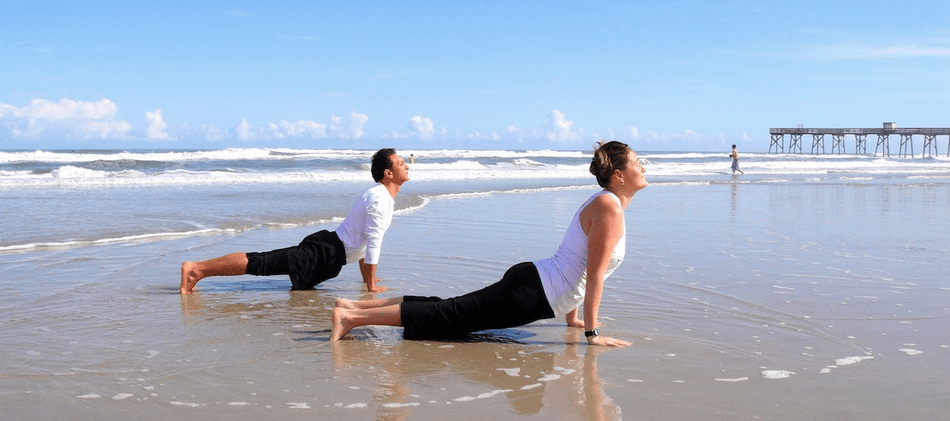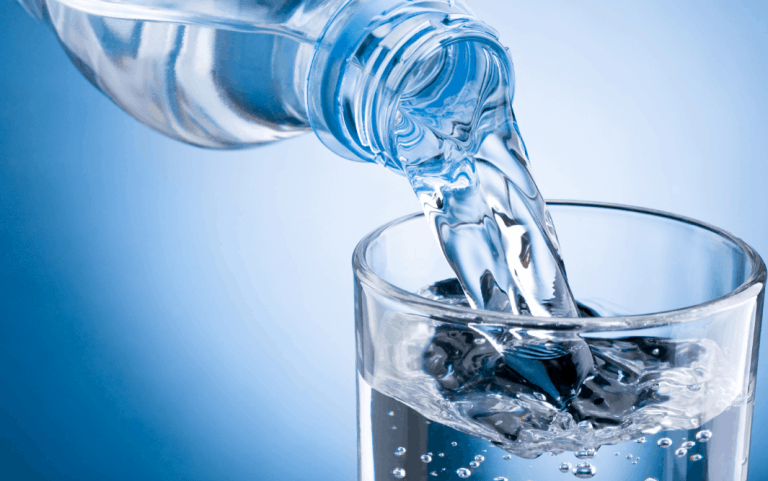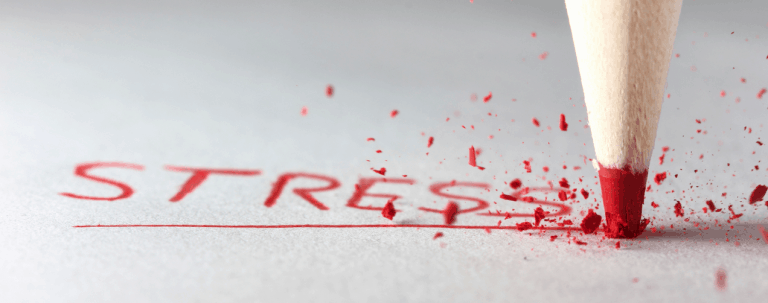Yoga is an exercise and alternative treatment that offers many benefits for men who have chronic prostatitis/chronic pelvic pain syndrome (CP/CPPS). Yoga involves stretching the body and getting into different poses while concentrating on breathing, keeping it slow and controlled. It helps prostatitis patients to relieve stress, increase blood flow, and help with strength and flexibility. Yoga for prostatitis is a holistic form of treatment that benefits both mental health and physicals aspect of the body. This is important because stress and mental health issues can play a role in both causing CP/CPPS and exacerbating its symptoms.
People have been practicing yoga for over 5,000 years and it is still very popular today. Studies have found it to be effective in relieving depression, anxiety, and back pain, which can all be related to prostatitis. In fact, stress and anxiety contribute to tension in the pelvic floor muscles, which is responsible in causing of pelvic pain in about 50% of CP/CPPS sufferers.
Addressing the psychological aspects of health is key to gaining better overall health. Dealing with an ongoing painful chronic condition that seems to defy all treatment (such as CP/CPPS) causes stress, anxiety, and depression for men. That is why stress management techniques such as yoga, meditation, and tai chi can be important components of a CP/CPPS treatment program.
How to Do Yoga for Prostatitis and Pelvic Pain
You can perform yoga for prostatitis every day or as often as you like. It is important to learn how to do the moves properly so you do not get injured, so you should learn yoga from a knowledgeable yoga instructor and take classes before practicing on your own.
Some yoga positions are particularly helpful in treating prostatitis. Positions that are good for improving muscle function in the pelvic region are the ones that have you lying flat on the floor with your legs raised and your knees close to your chest wall. The following positions work the muscles of the pelvic floor and increase blood flow to the prostate area:
- standing pelvic tilt,
- half bridge pose,
- downward dog, and
- reclining big toe pose positions.
Talk to your health care provider before starting any new exercises. Even though practicing yoga may not cure CP/CPPS, it can help a lot by strengthening pelvic muscles and relieving stress. Stress and anxiety are major contributors to pelvic tension and pain.
Yoga can be an important part of a multimodal total body approach to treatment. Many holistic programs include yoga along with other natural and alternative therapies. One such CP/CPPS treatment program is the “NPAT” Treatment Program for Prostatitis. The letters in NPAT stand for:
- Natural treatments (ALCAT, elimination diets, and wheat-free diets);
- Phytotherapy (pollen and quercetin together with probiotics);
- Alternative treatments (acupuncture, prostate massage, pelvic rehabilitation and therapy); and
- Total body (exercise, chronic stress management, lifestyle).
The NPAT program uses a whole-body approach to treating CP/CPPS by recognizing that many causes of pelvic tension and muscle dysfunction actually originate in other areas of the body outside of the prostate. It looks as mental health, diet, and lifestyle when considering treatment. Yoga can be one of those treatments. Depending on your symptoms, you’ll probably want to incorporate some other natural and alternative therapies (including diet and supplements) into your treatment program so that you can attack your prostatitis from several different angles. If you suffer from a pelvic floor dysfunction, other treatments that may help include trigger point release therapy, intrapelvic physiotherapy and pelvic floor rehabilitation.







